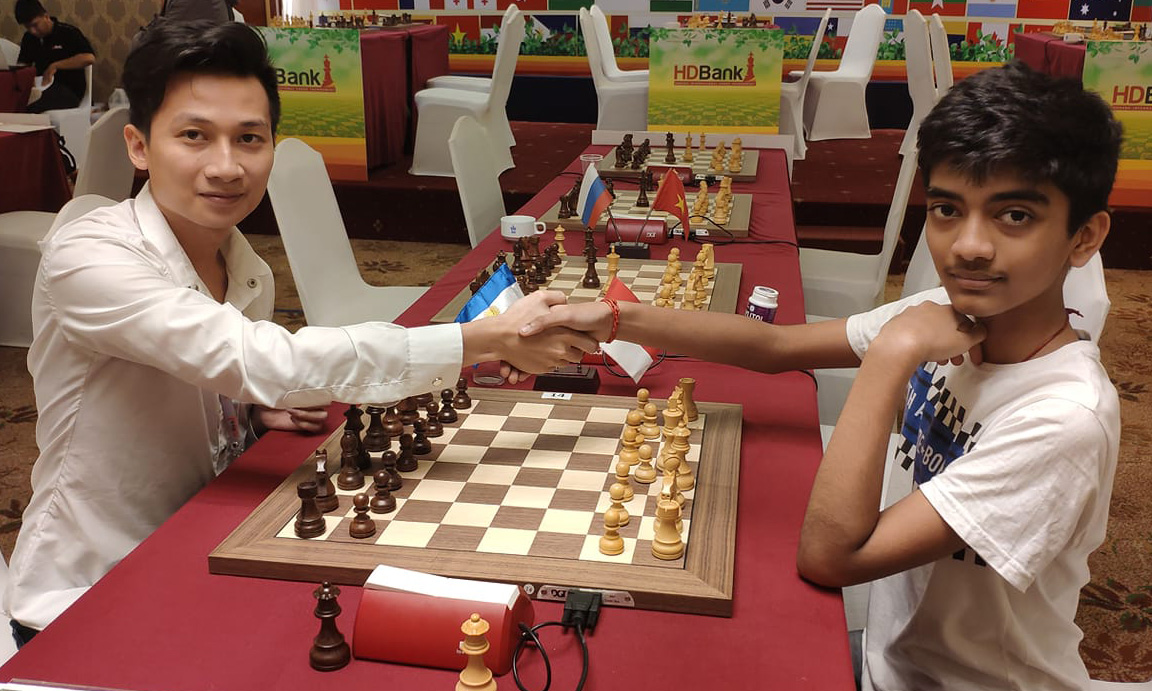Some might say not to rely on chess tricks and traps to play openings, and I agree. But if you want to have some more fun and win a game quickly, why not learn these traps?
But what are these tricks? From the simple Damiano Trap to the more advanced Fishing Pole Trap, each one aims to trip up your opponent. They can help you win games faster and outsmart opponents from the get-go. In this article, we’ll explore ten common opening traps that every chess player should know to dominate the early stages of the game and secure victory. We’ll tackle them one by one.
First of all, let’s see how many players fall into each trap we will mention below. All data in this table was taken from the Lichess database, in no particular order.
| Opening Traps | # Games | % of players fallen into it |
| Fishing Pole Trap | > 44,000 | 24% |
| Lasker Trap | 100,000 | 41% |
| Kieninger Trap | 41,000 | 36% |
| Blackburne-Shilling Trap | > 1,000,000 | > 50% |
| Damiano Trap | 573,000 | 75% |
| Old Benoni Trap | 176,000 | 63% |
| Mortimer Trap | 33,000 | 32% |
| Noah’s Ark Trap | 54,000 | 68% |
| Englund Gambit Trap | >1,000,000 | 26% |
| Copycat Trap | 220,000 | 30% |
I chose the 10 opening traps based on two main factors: the number of games in which they occurred and the percentage of players who fell into them. This means considering how often the trap has occurred and how easily players have fallen into it. We all know that some traps are exciting to execute but happen rarely, and we might never have a chance to play them in our lifetime. On the other hand, some traps occur frequently, but players rarely fall for them (less than 10% of the time like Scholar’s Mate or Patzer Trap), and if opponents play better moves, we could end up worse off. So, what’s the point of playing them then?
Fishing Pole Trap
The Fishing Pole trap, frequently seen in the Ruy Lopez, particularly in the Berlin Defence and Exchange Variations, can also occur in various other openings or even during the middle game. It involves sacrificing a knight or bishop on the g-file to expose the h-file, typically when the opponent’s king has short castled and before your own king has done so. Consequently, it has many variations, and the ones below are just a glimpse of them.
I wrote an in-depth article about the Fishing Pole Trap if you want to take a closer look.
Lasker Trap
Lasker’s Trap can be a strong option for Black in the Albin Counter Gambit. One unique but effective aspect of this trap is promoting to an underpromotion (promoting something other than a queen) on the seventh move. It’s better to try this tactic in faster games because it’s not commonly used, catching opponents off guard.
Kieninger Trap
Now, this is one of my favorites. The Kieninger Trap is the most common line of the Budapest Gambit. Black can achieve checkmate in just 8 moves, and White falls for it 36% of the time. This chess trick could easily occur in real games as well because all White’s moves are somewhat ‘logical’.
Blackburne-Shilling Gambit Trap
This is one of the best chess tricks ever, based on the stats. More than one million players have fallen for it, with more than half of the time it occurred. The Blackburne-Shilling Gambit is also sometimes referred to as the Kostic Gambit after the Serbian grandmaster Borislav Kostic, who played it in the early 20th century. The gambit arises from the Italian Opening, with Black playing 3…Nd4, sacrificing the e5 pawn.
In this diagram, White should capture the knight on d4, gaining an advantage in development. However, millions of players opted to capture the e5 pawn instead, which would be a mistake due to the tricky move 4…Qg5. Black will attack both the knight on e5 and the g2 pawn. White must be careful to avoid falling into a mating net.
Damiano Trap
“I have a rule — I never move the f pawn”
American GM Ben FineGold.
At the beginner or sometimes even intermediate levels, you might encounter someone playing 2….f6. While this article primarily targets intermediate players or higher, it’s important to know how to punish such early f-pawn moves, as seen in the Damiano Defense.
Old Benoni Trap
This trick might look like amateurish, but even FIDE Masters or players rated 2800 online have fallen into its trap. After Black’s fourth move, White walked into this trap 96% of the time. The quicker the time control, the more likely the tactic will be executed successfully.
Mortimer Trap
The Mortimer Trap is a chess trick for Black in the Berlin Defense when White plays 4.d3. It named after James Mortimer – an American-born British chess player and journalist. People also often fall into this trap because the setback is not immediately apparent.
Noah’s Ark Trap
This trap boasts one of the highest success rates among the 10 chess tricks in this article, with players falling into its snare 68% of the time. The Noah’s Ark Trap is a series of traps found in the Ruy Lopez opening or even Sicilian Defense, where a White’s bishop is trapped on the b3 square by Black’s chain of pawns. Check out my article about this trap here.
Englund Gambit Trap
Alongside the Blackburne-Shilling Trap, Englund Gambit tricks are among the most common methods to swiftly secure victory in a chess game. Countless times, White has fallen into the Englund Gambit opening trap. However, in this article, I’ll focus on the main ones, particularly the Englund Gambit Complex line, initiated by 1.d4 e5 2.dxe5 Nc6 3.Nf3 Qe7 4.Bf4 (or Bg5) Qb4+. In this line alone, over a million players have made the mistake, costing them a piece or even leading to checkmate.
Copycat Trap
You might have noticed that nearly all of the tricks mentioned above are only applicable for Black. Therefore, the final one will be for players with the White pieces. Occasionally, you might encounter opponents making the exact same moves as you, but reversed. However, you have the advantage of moving first, allowing you to capitalize on this, like this trap in the Russian Game.

I’m Xuan Binh, the founder of Attacking Chess, and the Deputy Head of Communications at the Vietnam Chess Federation (VCF). My chess.com and lichess rating is above 2300, in both blitz and bullet.


2 thoughts on “10 Chess Tricks to Win Fast”
Comments are closed.